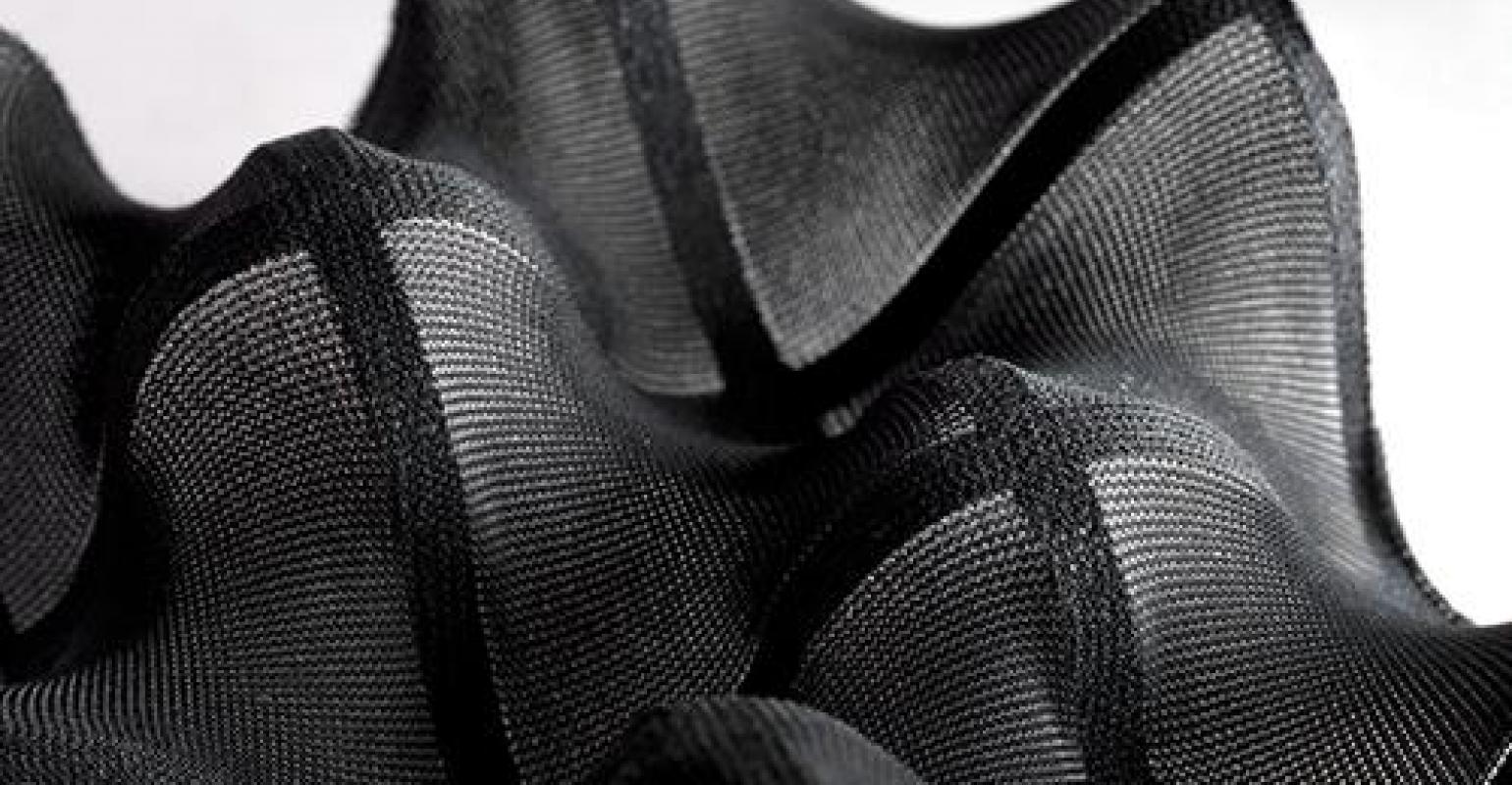The term 3D Textiles has been characterized by Wulfhorst et al. in 2000. 4D Textiles are fabrics and material items having the option to change shape and function over time. This change is achieved by the complex interaction between hybrid materials and by the utilization of external upgrades. Additional to the spatial extension of fabrics (3D) the change over the long run faces the fourth dimension in textiles.
4D textile methods are being held with 4 parts; Simulation, Trials/ Validation, Design/CAD, and Product.
There are 4 applications seen with 4D textile.
Health
Today – Handcrafted stents – Mechanical get together – Self expandable constructions
Tomorrow – Self-gathered stents – Individual self-developing designs – Intelligent blood siphon
Approach – Smart dynamic biocompatible yarn materials – Digital individualized braiding of yarn materials – Tissue engineering on 4D material constructions
ICT
Today – Static robot frameworks – Predefined work circumstances – No active interaction with the climate
Tomorrow – Artificial intelligence – Autonomous machines – Self-developing structures – Self-assembly of robots
Approach – Bionic muscle structures – Active human-machine interaction by self-learning textile – Structural coordinated movement control
Building
Today – Glass fronts – Light communicating concrete – Lightweight material concrete
Tomorrow – Bionic in-and open-air segments – Interactive façade – Intelligent reaction to outside conditions – Self-structure components
Approach – 4D warp-knitted structures – Elastic concrete for open-air applications – Bionic design rules
Mobility
Today – Lightweight bodywork – Carbon fibre built-up structures – Passive aerodynamic – Line-molded design
Tomorrow – Self extending bodywork – No structural parts required – Intelligent safety by shape change – Active aerodynamic
Approach – Hyper-elastic textiles functionalized by 4D printing – Sensor systems for self-evolving constructions – Design rules for 4D material components
Revolutionizing Manufacturing
In some ways, programmable materials have always been near: wood initiates with water, metal enacts dependent on temperature.
The thought is to program physical materials to change shape, property and develop, adjust or reconfigure after some time. This is the thing that’s known as 4D, and it very well may be applied to any industrial interaction.
MIT’s Self-Assembly Lab proposes two standards 1. Indeed, even with automation, we should work with better materials — items that change without batteries and components. 2. Programmable materials — that is, physical materials that can change the exact structure and additionally work by plan — are actually the eventual fate of robots we’re searching for on the grounds that they’re equipped for dynamic detecting, activation, rationale, and self-fix.
There are a ton of approaches to initiating textiles. We can stretch, print, bond, shower, or weave it to implant a power or enactment energy. At that point, the geometry in the material, related to its mechanics, will guide the item. Carbon fiber, for example, has been utilized to make an automatic valve at the highest point of an Airbus plane motor that can open and close contingent upon pressing factor and temperature.
A self-assembling shoe is another mind-blowing versatile trial. The shoe business is almost prevalently manually collected yet a solitary polymer material, stretched and changed by temperature change, can be made with no gathering required.

Karl Mayer has released the new 4D-KNIT age of twist sewed fabrics, which currently set to the side the overall challenges and open up beforehand obscure prospects in design and product improvement.
The principle highlights of the fabrics are its unmistakable help-like surface designs which are made utilizing the twofold bar raschel method of Karl Mayer machine. An RDPJ 6/2 EL with a smart guide bar course of action and technical setup are the key behind the arrangement of these fabrics.
As per Karl Mayer, the twofold needle bar raschel machine doesn’t deliver classic spacer material with monofilaments for dividing, yet the space between the cover surfaces is loaded up with a bulked yarn.
Additionally, contrastingly contracting yarns are prepared in clever mixes on the front and backside of the twist sewed textiles and diverse lapping methods are utilized.
This marvel further prompts high-low impacts with separated notability during the completing cycle. The opening examples can be consistently joined into the textiles.
Particularly, the protecting impact is accomplished in the piece of clothing (athleisure jacket as demonstrated in the cover picture) with air and yarn material to fill the plastic design. The fiber yarns are encased by the thick texture on the surfaces.
Written By:
Rahat Mostafa
NITER 10th Batch.
Department of Textile Engineering


